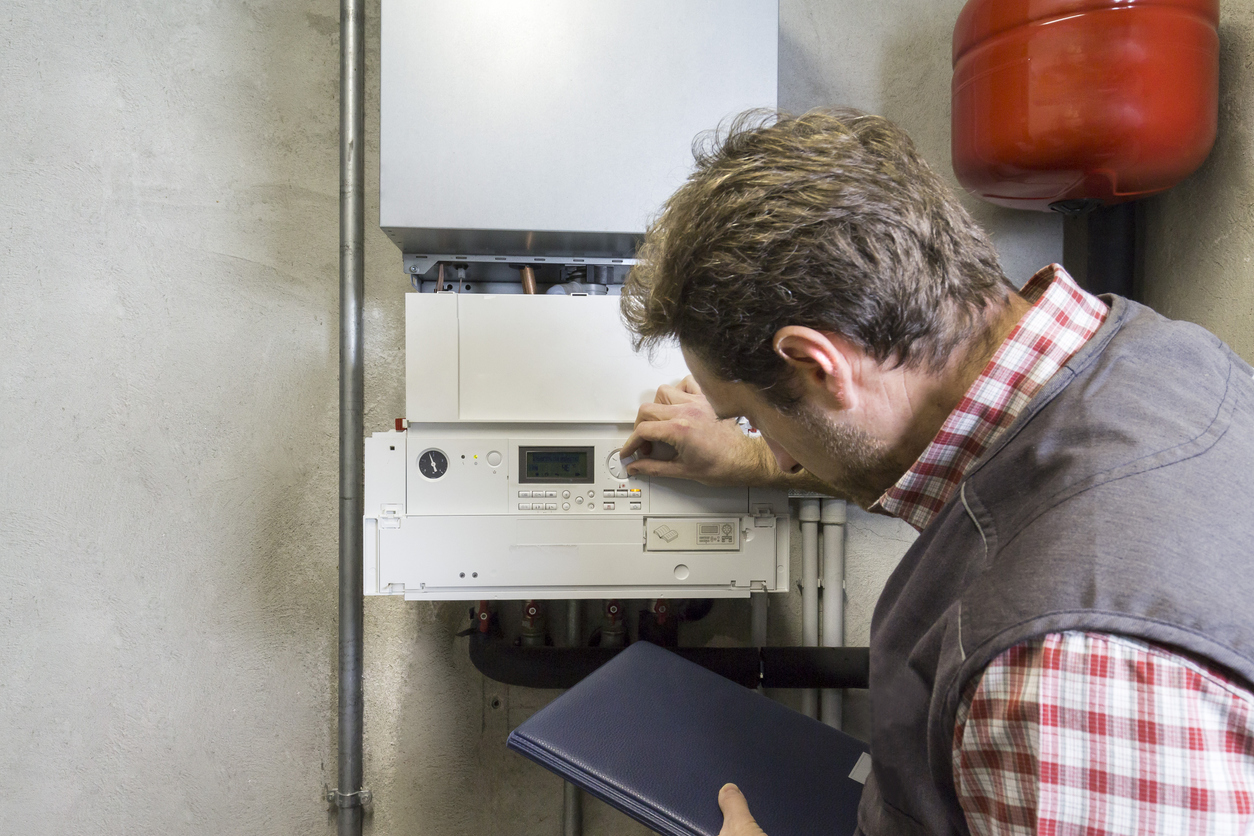How Should A Furnace Be Vented?
Knowing the correct way to vent your furnace is essential for efficient heating and safety. Proper venting ensures the ejection of harmful gasses, preventing potential hazards that risk your safety and well-being. Join the team at Francis Home Environment as we teach you the ins and outs of furnace venting so you can maintain a happy and comfortable home interior throughout the wintertime.
Get 24/7/365 on Furnace Services
At Francis Home Environment, we put the needs of our customers at the forefront of what we do. With over 75 years of experience, homeowners throughout Ottawa, Arnprior, Kemptville, Vanier, Carleton Place, Rockland, and the surrounding areas, you can expect us to go above and beyond to ensure your experience with us exceeds your expectations.
Our certified HVAC technicians are available for all repair and maintenance services 24/7/365 days a year, including after-hours, weekends, and holidays, at no extra cost! Further, if you're in the market for a new furnace, know that we offer several discounts and financing options to help you save big! All consultations with a home comfort advisor include a complimentary estimate when purchasing a new system.
Reach out to us over the phone or book your appointment using our online booking form.
What is the proper ventilation for a furnace?
The sort of furnace you have will determine the appropriate ventilation techniques used. There are two common types of venting that you may have in your home. Let's take a closer look below:
1. Atmosphere venting: This form of atmosphere venting utilizes a metal pipe that runs from the furnace to your home's chimney.
· Function: To release combustion gasses, a natural draft is needed to push the gas through the pipes and into the chimney.
· Installation: To provide adequate ventilation, the vent pipe slopes need to be installed at an angle upward toward the chimney.
2. Sealed combustion: This sealed system draws air from the outside and expels the gases from combustion outdoors.
· Function: It guarantees a regulated combustion condition and reduces the chance of a backdraft, which can cause an explosion.
· Installation: The installation requirements depend on the manufacturer and should only be installed by a licensed technician, as with the former venting technique listed above.
How should furnace exhaust be vented?
Your furnace exhaust vent must be appropriately installed for the well-being of your entire household. The byproducts of furnace combustion include carbon monoxide, which is an odourless, colourless gas that, if permitted to build up indoors, can be extremely harmful to one's health, leading to poisoning and even death. Venting the exhaust outside ensures that these potentially dangerous gases are safely expelled from the living spaces.
Furthermore, adequate venting is necessary for your heating system to operate at its best. The combustion process of the furnace could be affected by leftover exhaust gases, which could result in reduced efficiency and even failures. So, when having a new furnace installed in your home, it is absolutely essential that you partner with a professional HVAC company that knows how to install and vent the equipment correctly. Ultimately, this will not only ensure that your furnace operates correctly but safely for peace of mind and enhance indoor comfort.
How should a high-efficiency furnace be vented?
Maximizing the combustion process, optimizing energy usage, and controlling the buildup of moisture that arises from the increased efficiency are the main concerns when venting a high-efficiency furnace. Here's a closer look at the two popular venting techniques:
Venting with PVC Pipes:
· Efficient combustion: Furnaces with high efficiency are very effective at removing heat from the combustion process. Therefore, PVC pipes are utilized for the purposes of air intake and exhaust.
· Advantages of a two-pipe system: In order to facilitate clean and effective burning, the two-pipe system draws combustion air in from the outside atmosphere through a designated channel. In order to stop unwanted recirculation into your home, another pipe simultaneously vents the exhaust gases outdoors.
· Condensation management: During combustion, condensate is produced as a result of the higher efficiency. Because PVC doesn't corrode, it's a dependable and long-lasting option for venting toxic condensate.
Centric venting system:
· Design: A concentric vent system uses a single vent pipe with two chambers; one is for the exhaust, and the other is for the air intake to streamline the airflow process.
· Space efficiency: When installation space is restricted, the concentric setup is a recommended option as it requires less space.
· Condensation control: Like the two-pipe system, the design aids in condensation management and makes sure that it does not harm the venting system or furnace parts.
It is recommended that homeowners seek advice from certified HVAC professionals to guarantee proper installation, as these venting systems can be challenging to comprehend and configure.
Does a gas furnace have to vent through the roof?
No, the roof is not the only place where a gas furnace can vent. The way a gas furnace is vented is determined by a number of variables, such as the kind of furnace, local building codes, and the unique features of your house. For gas furnaces, typical venting options include:
· Vertical venting: An upward venting system that goes through the roof is used by many furnaces. This is often used with atmosphere venting systems.
· Horizontal venting: Exterior walls may be used to vent furnaces, particularly high-efficiency ones. This technique is frequently used with sealed or direct vent combustion systems.
· Conventional chimney: Conventional chimneys are used for venting older furnaces.
· Mechanical assistance: A power venting system with a fan can help remove combustion contaminants horizontally in situations where a typical venting technique is unfeasible.
Do you have questions about venting your home’s furnace? If so, don’t hesitate to reach out to the team at Francis Home Environment to schedule an appointment with one of our certified technicians. They’ll conduct a thorough inspection of your property and ensure the venting method is suitable for the type of furnace you want to install.




